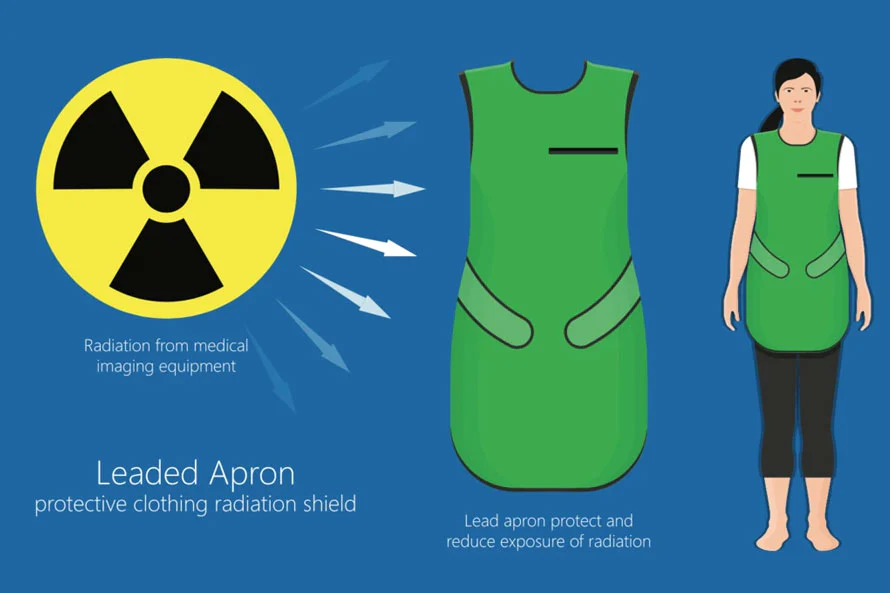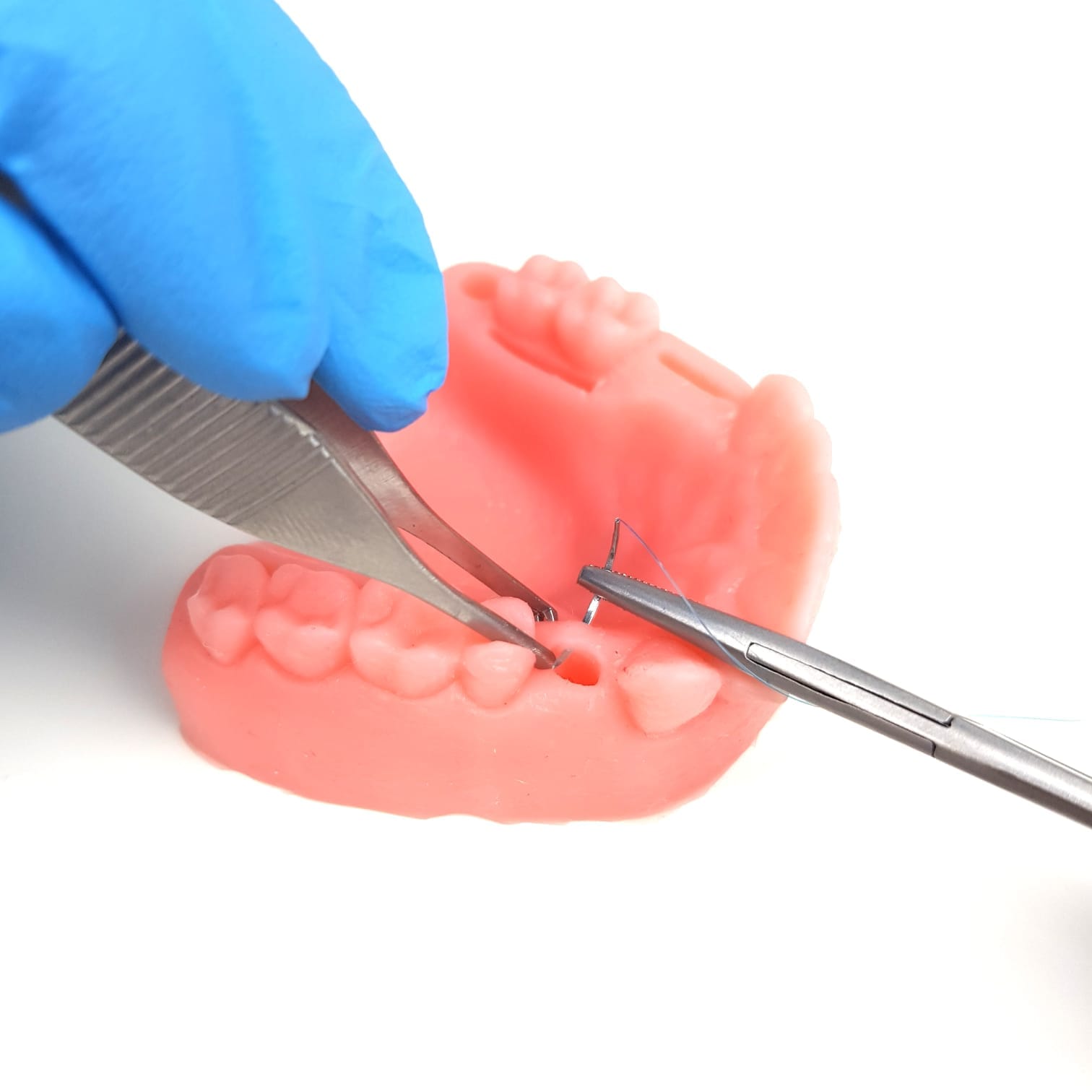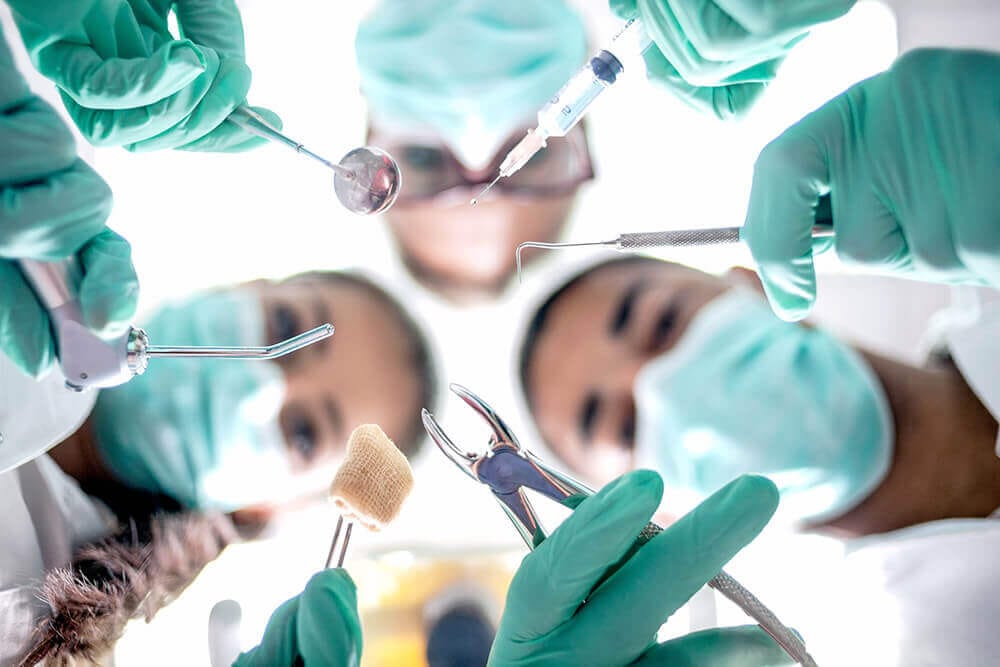Dental radiography is a cornerstone of modern dentistry, allowing professionals to diagnose and monitor oral health conditions effectively. However, the use of X-rays comes with inherent risks associated with radiation exposure. To safeguard both patients and dental professionals, high-quality X-ray aprons are indispensable. In this comprehensive guide, we will delve into the importance of dental X-ray aprons, the safety and quality standards that suppliers must meet, and best practices for optimizing radiation protection in dental practices.
Why Are X-Ray Aprons Crucial in Dentistry?
X-ray aprons serve as a vital protective barrier against ionizing radiation during dental procedures. Here’s why they are essential:
- Reducing Radiation Exposure: Made from lead or lead-equivalent materials, X-ray aprons absorb and scatter X-rays, significantly diminishing the amount of radiation that penetrates the patient’s body.
- Protecting Sensitive Organs: Specialized apron designs, such as those featuring thyroid collars, offer targeted protection for highly sensitive areas like the thyroid gland and reproductive organs.
- Compliance with Regulations: The use of X-ray aprons is aligned with radiation protection regulations aimed at minimizing exposure and ensuring patient safety.
- Enhancing Confidence: Wearing protective aprons increases patient trust in dental procedures and provides peace of mind for dental professionals.
Safety and Quality Standards for X-Ray Apron Suppliers
To ensure the effectiveness of X-ray aprons, suppliers must adhere to rigorous safety and quality standards:
Material Composition and Attenuation
- Lead or Non-Lead Materials: X-ray aprons should be constructed from materials that effectively attenuate X-rays. Regulations mandate a minimum lead equivalence thickness to ensure adequate shielding.
Compliance with Regulations
- International Standards: Suppliers must comply with international standards set by organizations like the International Electrotechnical Commission (IEC) as well as local radiation protection regulations.
Quality Control Measures
- Manufacturing Standards: Strict quality control processes during manufacturing ensure that each apron meets safety and performance criteria, including testing for material consistency and structural integrity.
Comfort and Fit
- User-Friendly Design: Aprons should be designed for comfort and ease of use, accommodating various patient sizes to ensure effective protection during procedures.
Durability and Maintenance
- Long-lasting Materials: X-ray aprons must withstand daily wear while being easy to clean and disinfect to maintain their protective properties.
Clear Labeling and Instructions
- Transparent Information: Each apron should have clear labeling indicating manufacturer details, material composition, attenuation rating, size, and intended use. User instructions should guide proper care and usage.
Testing and Certification
- Rigorous Testing: Aprons undergo extensive radiation testing to obtain certifications that demonstrate compliance with safety standards.
Best Practices for Optimizing Radiation Protection
In addition to using high-quality X-ray aprons, dental professionals can implement several best practices:
- Justification and Optimization: Only order radiographs when necessary for diagnosis or treatment planning. Optimize exposure settings to obtain required diagnostic information with minimal radiation.
- Digital Radiography: Transitioning from film to digital systems can significantly reduce radiation exposure while enhancing image quality.
- Rectangular Collimation: Limiting the X-ray beam to the area of interest minimizes unnecessary exposure to surrounding tissues.
- Proper Patient Positioning: Ensuring correct positioning helps achieve optimal images on the first attempt, reducing the need for retakes.
- Staff Training: Regular training on radiation safety protocols is crucial for maintaining high protection standards.
Recent Developments in Dental Radiography
As technology advances, new recommendations regarding protective measures emerge. Recent studies suggest that lead aprons may not be necessary for all patients due to improved digital radiography techniques that lower radiation risks. However, dental professionals should remain informed about these developments and adapt practices accordingly. Ongoing education and collaboration with professional organizations are vital for keeping up with evolving safety standards.
Choosing the Right Supplier for Dental X-Ray Aprons
When selecting an X-ray apron supplier for your practice, consider these factors:
- Reputation and Experience: Look for suppliers known for high-quality products and excellent customer support.
- Product Range and Customization: Choose suppliers offering various styles, sizes, and materials that meet your specific needs. Customization options can enhance usability.
- Compliance with Standards: Ensure products meet all relevant safety standards with appropriate certifications.
- Warranty and Service: Evaluate warranty terms and after-sales service policies to ensure long-term value.
Conclusion
Dental X-ray aprons are essential in protecting both patients and professionals from radiation exposure risks. By adhering to stringent safety standards, suppliers provide products that ensure optimal protection during dental procedures. As a dental professional, prioritizing patient safety through informed choices about protective equipment is crucial. Collaborating with reputable suppliers while implementing comprehensive radiation safety programs allows you to deliver high-quality care while minimizing risks associated with dental radiography.
By staying updated on best practices and emerging guidelines in radiation protection, you can enhance your practice’s commitment to patient safety in an ever-evolving field.
Dental x-ray aprons are commonly made from lead or lead-equivalent materials to block radiation effectively.
Consider factors like material, size, additional features, and the supplier’s reputation for quality.
Dental X-Ray aprons are protective garments designed to shield patients from unnecessary exposure to radiation during dental radiography procedures. They come in various styles and colors, and are typically made from lead or lead-equivalent materials.
Despite recent discussions suggesting that lead aprons may not be necessary for routine dental X-rays, they continue to play a crucial role in patient safety. They are particularly important in situations where equipment and/or procedures are not optimized, or when patients request them for reassurance. Additionally, in some states, their use is still required by law.
When choosing a dental X-ray apron, consider factors such as the material (lead or lead-free), size (adult or child), style (with or without collar), and color. The apron should provide maximum patient protection, including in the critical thyroid area.
Yes, there are alternatives to traditional lead aprons. For instance, some suppliers offer lead-free dental X-ray aprons that provide the equivalent of 0.25mm lead content protection, but without the weight.
Dental X-Ray aprons can be purchased from various suppliers, both online and in physical stores. Some top brands include House Brand, Palmero, and DUX Dental. Prices vary depending on the brand and specific features of the apron.










